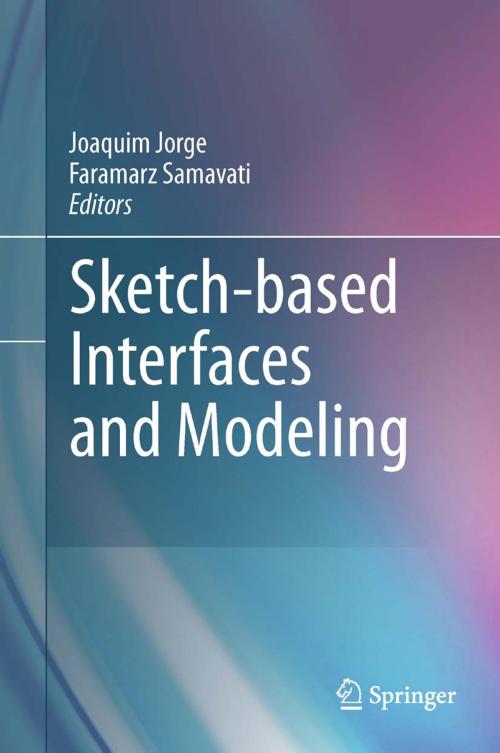Sketch-based Interfaces and Modeling
Nonfiction, Computers, Advanced Computing, Engineering, Computer Vision, Programming, User Interfaces, General Computing| Author: | ISBN: | 9781848828124 | |
| Publisher: | Springer London | Publication: | December 15, 2010 |
| Imprint: | Springer | Language: | English |
| Author: | |
| ISBN: | 9781848828124 |
| Publisher: | Springer London |
| Publication: | December 15, 2010 |
| Imprint: | Springer |
| Language: | English |
The field of sketch-based interfaces and modeling (SBIM) is concerned with developing methods and techniques to enable users to interact with a computer through sketching - a simple, yet highly expressive medium. SBIM blends concepts from computer graphics, human-computer interaction, artificial intelligence, and machine learning. Recent improvements in hardware, coupled with new machine learning techniques for more accurate recognition, and more robust depth inferencing techniques for sketch-based modeling, have resulted in an explosion of both sketch-based interfaces and pen-based computing devices.
Presenting the first coherent, unified overview of SBIM, this unique text/reference bridges the two complementary research areas of user interaction (sketch-based interfaces), and graphical modeling and construction (sketch-based modeling). The book discusses the state of the art of this rapidly evolving field, with contributions from an international selection of experts. Also covered are sketch-based systems that allow the user to manipulate and edit existing data - from text, images, 3D shapes, and video - as opposed to modeling from scratch.
Topics and features: reviews pen/stylus interfaces to graphical applications that avoid reliance on user interface modes; describes systems for diagrammatic sketch recognition, mathematical sketching, and sketch-based retrieval of vector drawings; examines pen-based user interfaces for engineering and educational applications; presents a set of techniques for sketch recognition that rely strictly on spatial information; introduces the Teddy system; a pioneering sketching interface for designing free-form 3D models; investigates a range of advanced sketch-based systems for modeling and designing 3D objects, including complex contours, clothing, and hair-styles; explores methods for modeling from just a single sketch or using only a few strokes.
This text is an essential resource for researchers, practitioners and graduate students involved in human-factors and user interfaces, interactive computer graphics, and intelligent user interfaces and AI.
The field of sketch-based interfaces and modeling (SBIM) is concerned with developing methods and techniques to enable users to interact with a computer through sketching - a simple, yet highly expressive medium. SBIM blends concepts from computer graphics, human-computer interaction, artificial intelligence, and machine learning. Recent improvements in hardware, coupled with new machine learning techniques for more accurate recognition, and more robust depth inferencing techniques for sketch-based modeling, have resulted in an explosion of both sketch-based interfaces and pen-based computing devices.
Presenting the first coherent, unified overview of SBIM, this unique text/reference bridges the two complementary research areas of user interaction (sketch-based interfaces), and graphical modeling and construction (sketch-based modeling). The book discusses the state of the art of this rapidly evolving field, with contributions from an international selection of experts. Also covered are sketch-based systems that allow the user to manipulate and edit existing data - from text, images, 3D shapes, and video - as opposed to modeling from scratch.
Topics and features: reviews pen/stylus interfaces to graphical applications that avoid reliance on user interface modes; describes systems for diagrammatic sketch recognition, mathematical sketching, and sketch-based retrieval of vector drawings; examines pen-based user interfaces for engineering and educational applications; presents a set of techniques for sketch recognition that rely strictly on spatial information; introduces the Teddy system; a pioneering sketching interface for designing free-form 3D models; investigates a range of advanced sketch-based systems for modeling and designing 3D objects, including complex contours, clothing, and hair-styles; explores methods for modeling from just a single sketch or using only a few strokes.
This text is an essential resource for researchers, practitioners and graduate students involved in human-factors and user interfaces, interactive computer graphics, and intelligent user interfaces and AI.















